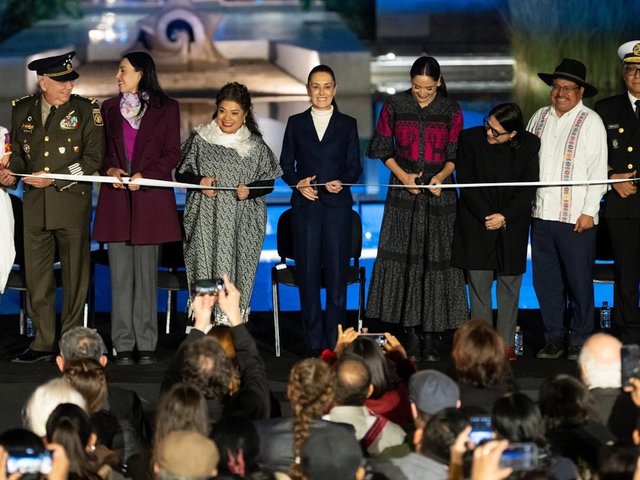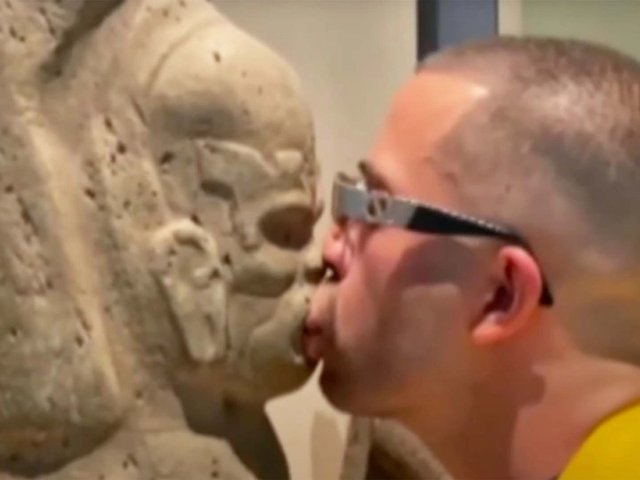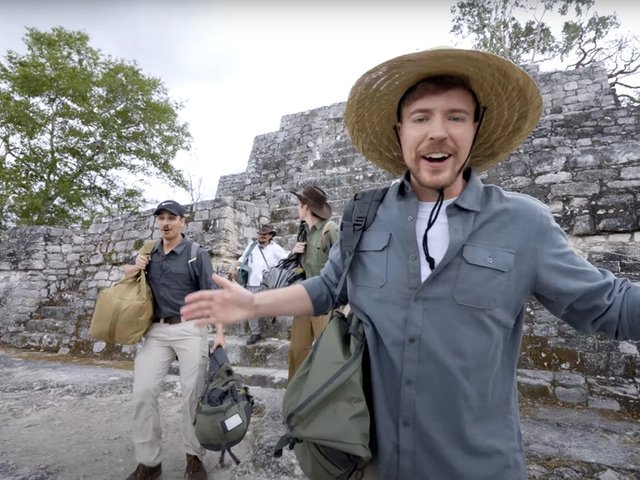The Museo Nacional de Antropología (MNA), Mexico’s most visited museum, was honoured on Wednesday (4 June) with the prestigious 2025 Princess of Asturias Award for Concord. However, the celebration was overshadowed by a crisis: the museum had been closed to the public the day before due to a shortage of security personnel. After deliberations that reached even Claudia Sheinbaum, the president of Mexico, the museum reopened to the public on Thursday (5 June).
The trouble began on Tuesday (3 June) when, without prior notice, the MNA abruptly closed its doors early, allowing only a handful of visitors to enter before the administration realised there were not enough guards to ensure the safety of its priceless archaeological and ethnographic collections—or of the public. Disappointed and frustrated, locals and international tourists alike were forced to leave.
Following the award announcement, the museum and its community were unable to celebrate, as the MNA remained closed “until further notice”. The news escalated to President Sheinbaum, who acknowledged during a press conference that she had not been informed of the closure of the MNA and other museums overseen by the National Institute of Anthropology and History (INAH).
The reason for the closures was a transition in security services. Rather than continuing to rely on police, INAH had contracted new private security firms. However, the company assigned to the museums in Mexico City—Sistemas Prácticos en Seguridad Privada SA de CV—failed to provide the required number of guards. Other affected museums included the National Museum of History at Chapultepec Castle, the National Museum of Interventions, the El Carmen Museum, the Museo del Caracol and the Museo Nacional de las Culturas.

Disappointed visitors turned away from the Museo Nacional de Antropología in Mexico City earlier this week Photo: Ismael Rosas
By Thursday morning, all INAH museums in Mexico City had reopened, following news that the government had reversed course: police had been reinstated to guard the museums.
“There was a problem with the timing of the contract INAH awarded for the guards. That’s why the museums were closed,” Sheinbaum explained during a press conference on Thursday. “But we spoke with Diego [Prieto, director of INAH], and the museums reopened immediately.”
The Princess of Asturias Award jury recognised the MNA as “the heir to a long-standing tradition of preserving an essential part of humanity’s anthropological heritage, while embodying the hallmarks of a great nation and serving as a symbol of identity deeply connected to its people”.
As the most visited museum in Latin America last year, the MNA welcomed a record-breaking 3.7 million visitors in 2024, surpassing its previous high of 3 million in 2019 and marking a strong recovery from the Covid-19 pandemic.
Located in the heart of Chapultepec, Mexico City’s largest park, the museum was designed by the renowned architect Pedro Ramírez Vázquez. It houses 22 permanent galleries featuring more than 7,000 archaeological artefacts and over 5,000 ethnological pieces, with the iconic Aztec sun stone as its most celebrated treasure.






